Introduction
During our online learning program in OSC our Economics teacher and our Economics class decided to do so something to help the people most affected by COVID-19 in Sri Lanka. We wanted to organise a fun way to collect donations from the OSC community and give to those who needed it most. Together, we decided to host a ‘Zoomathon’, an online show hosted by us on Zoom.
This blog post is about the whole process of organising and creating this event, and how I helped and contributed during this process.
The Process
To begin, we had to decide on roles for everyone in the class. There was 11 of us in the class, and we split into groups for our roles. Some people were in charge of communicating with sponsors and where to donate the money we collect, others were in charge of raising awareness and advertising the event and another group which planned what will be in the event. The other remaining group, which included myself, was in charge of the tech behind the event. This included building a website, organising the Zoom call, making a program to collect donations and making videos.
My first task was to get some research done on how to organise a big Zoom call for an event like this. Through my research I found that instead of having people join a Zoom call, it would be easier for us to livestream the event onto YouTube. I then proceeded to find out exactly how to livestream Zoom calls to YouTube and together as the tech group we decided that the event would be live-streamed on YouTube. During this time others had been able to contact UNICEF and they were more than happy to collect all the donations that we would get and use it for COVID relief in Sri Lanka. The group in charge of planning pitched their idea of having this be an event with videos showcasing talent from our OSC community, messages from past teachers and students, informational videos from the UN, recaps of the school year and more, with MC’s announcing each segment.
Now that we had the plan of the event down, we had to collect videos, get sponsors and get to work on websites and donation collection. I was set the task with contacting some former students. I told them that we were organising a Zoomathon event at OSC, and we would be having video messages from former students, with them talking about when they were in OSC, how COVID has affected them wherever they are in the world, and telling the viewers to donate to the cause. Another part of the event which I organised was getting some live events during the show. We decided we should have some live events so as to keep it fresh and not just videos playing during the event. For these live events we were able to get a teacher to shave their head and a parent to color their hair! From these we were hoping to get people to really donate when they see what some members of the community were doing to spread awareness on COVID relief.
At this stage of the process, we had sent out a form to the OSC community asking for any videos people would like to have play during the show, and we were getting many submissions. We were also getting multiple videos from former teachers and students and collecting informational videos from the UN. Some people were able to get in contact with teachers who were coming to OSC the following year, and we got some videos from them too. We were also getting videos from GeckoNet, a group in our school which makes videos on events, to submit multiple videos. These consisted of celebrating the graduating class, year recap videos, sports videos and more.
We were also able to get in contact with multiple sponsors such as the Shangri-La hotel, Mahaweli Reach hotel and a clothing brand (2XU). These sponsors didn’t directly donate, but rather together with the sponsors we decided to do auctions products/services from these sponsors. From the Shangri-La hotel we would auction out a 1 night stay at their Hambantota hotel and also tea from their lounge. From Mahaweli Reach it would be for 3 nights at their hotel and from 2XU we would auction off multiple items of clothing from them. Of course the incentive for people in the auction was that not only would they get what they auction for, but 100% of all money put into the auction would be donated. Furthermore, with the auction we were able to get an agreement with Kumar Sangakkara, the famous Sri Lankan cricketer, to auction off a dinner with him at his restaurant, The Ministry of Crab.
With all this organising happening me and the tech group started to build the website. We got some help from a few students from the grade above for this task, and we decided that on this website there would be a link to the site to donate, a link to the auction site and a timeline of all the segments in the show. There would also be a bar which would show the total donations and it would fill up towards our decided goal of 500,000 Sri Lankan rupees (Approx. $2700 USD) and some general information about the event such as who would be organising it and why we are doing this.
With all this completed we were about done with all the background work and organisation. To play all the videos on the livestream we would be using screen sharing on a zoom call, with a PowerPoint presentation in which all of the videos were placed on. The MC’s would be on the call, and I made a white background with the OSC and UNICEF logo for them to use when their camera’s were turned on. When we had a live event like the live hair shaving, we sent the people doing the event the Zoom link and they would join it when it was their time slot, and then leave when they were done.
We decided to have 4 MC’s who would be introducing the show, announcing multiple segments during the show, telling people how to donate and use the auction and also throughout the show they would be updating people on the auction and how much people have donated. In the website we configured it to ask for your name when donating, so that we could see who donated and also shout out some donors.
We did multiple trial runs with the MC’s of testing the live stream, making sure everything worked with Zoom, YouTube and the PowerPoint. We did run into some troubles with the website during our testing, as it turned out anyone could put in a value for how much they donate, and then just not donate. We did run into some people putting massive numbers in, but we implemented ways to delete any fake donations if we see them. Because of this we assigned some people from the tech group to monitor the donations bar, and be quick to fix it if anyone fakes a value in for donations. We also assigned people to be updating the itinerary on the website so people can see the events completed and what’s coming up, and I was in charge of communicating with the MC’s about anything, letting them know about donations, bids and any problems on the stream. Unfortunately for me there is a 10 second delay on the stream so it would be difficult to fix any urgent issues quickly when communicating with the MC’s.
And then that was it. We were all set and ready, the show would be running from 9:30AM to 12:30PM on June 9th. The group in charge of advertising had made a poster about the show, everyone in the school community knew about it. In fact, before the show even started we had already got around 200,000 rupees in donations, close to half of our goal!
The Zoomathon
We all woke up early that morning to do a final run through. Again testing the stream, website and all for any issues. When it was time to begin all of the tech group left the Zoom call, the stream was set to go on YouTube, and it was time to begin. The MC’s began by introducing the show, going through what to expect and also why we were doing this. They gave instructions on how to donate through the website and how to bid in the auction. Our school principal and head of school also came on to introduce the show. We then played a video from UNICEF about COVID-19, and began with our first event.
Up first was a ‘Wake-Up Workout’ video from our schools PE teachers. We then had some videos from former students, and then just continued on with everything we had to share, with the MC’s announcing each video. During the stream I would message the MC’s on donations and who donated, so that when they would be talking they will announce this.
Here are some screenshots of a few segments from the show;
Most of the stream went well, and we didn’t have any major technical issues from Zoom, YouTube or Powerpoint which ended the stream. The website, donations site and auctions site stayed up and running throughout and we were getting constant donations during the stream. At around 12:00 we hit our goal of 500,000 rupees. This was incredible and us hitting this goal showed that our OSC community really was strong and good-willed. We knew we had more donations coming too, as the stream wasn’t over yet and we hadn’t even counted the money collected from the auctions, so we had gone way past our goal, and we were all thrilled.
As I stated the stream did go very smoothly, but that’s not to say we didn’t have any problems. There were multiple occurrences of the MC’s forgetting to turn their camera’s and mic’s on or off, and the live hair shaving event took a bit more time than we expected it to. Two of the MC’s were also unable to properly get the background as it wouldn’t look that good, and there were small WiFi hiccups for a few MC’s, but again nothing major. There were a few minor errors with the donations as some people when entering their donation value would write some text such as LKR or rupees, which wouldn’t get caught on the progress bar. However we were easily able to fix these minor issues quickly.
The show kept going on, we were quite delayed and in the end we ran until 1:15, but that was okay as we were still able to play all the videos we wanted and all contributions were played. At the end of the stream we had collected 617,000 rupees worth of donations, and then including the auction in total we had raised almost 750,000 rupees for UNICEF, way past our goal!
And then that was it, the MC’s thanked everyone for coming, for sending donations and for sending the video submissions, and we ended the stream.
Learning Outcomes
This whole experience of organising an entire Zoom show to donate money to UNICEF was worthy of a CAS Project. Our whole team worked tirelessly over the short time we had to make this (just a month!), and I personally definitely came out of this experience learning a lot, and everything I learnt could be related to some of the CAS learning outcomes.
1. Identify your own strengths and develop areas for personal growth, and; Demonstrate the skills and recognize the benefits of working collaboratively.
Starting with strengths I identified in this process, I realised that being a part of a big project like this with a lot of people who were willing to get things done can make these projects very successful, and if I do what I was told and what I assigned myself to do, and if everyone did the same, then everything would be fine. Exactly this happened during our process for organising this, and this has shown me where I have demonstrated personal growth. This is because I have never really been a ‘team-player’, I like doing things on my own, but I know that massive projects like this can’t be done alone. However, I now know that I am more than happy to be a great team-player with a team like this, where everyone gets things done.
2. Demonstrate that challenges have been undertaken, developing new skills in the process.
Just the fact that we took the initiative to make this event shows that a challenge was taken. We had a short time-span to do this, and this was on top of our work we were getting from being in the DP program.
In terms of developing skills for me personally was from helping develop the website, editing videos and creating the backgrounds. Even though I have prior experience of doing these, it was helpful for me to do some more to further develop my skills.
3. Demonstrate how to initiate and plan a CAS experience.
The fact that I was very much a part of initiating and planning the creation of this event, from the first call to decide we were doing this, to dividing up our roles and planning the website and much more is my demonstration of me initiating and planning a CAS Project.
4. Show commitment to and perseverance in CAS experiences.
I showed commitment and perseverance by doing all of my tasks and fulfilling the needs of my role. I was ready for any problems that arose and together with my team we fixed all the problems. We knew it would be a daunting task to organise this event in just a month, but everyone in the team showed commitment and perseverance, which is what made this event be so successful.
5. Demonstrate engagement with issues of global significance.
The Coronavirus is probably one of the most globally significant issues in years, and by organising this entire event to donate to those in need is a representation of our engagement.
Conclusion
In conclusion, the entire process of organising this event was very challenging, yet in the end it was very rewarding to see all of our hard-work pay off, knowing we made an impact with the donation to UNICEF. I definitely have learned many skills from working on this project, and am very happy that I did so.
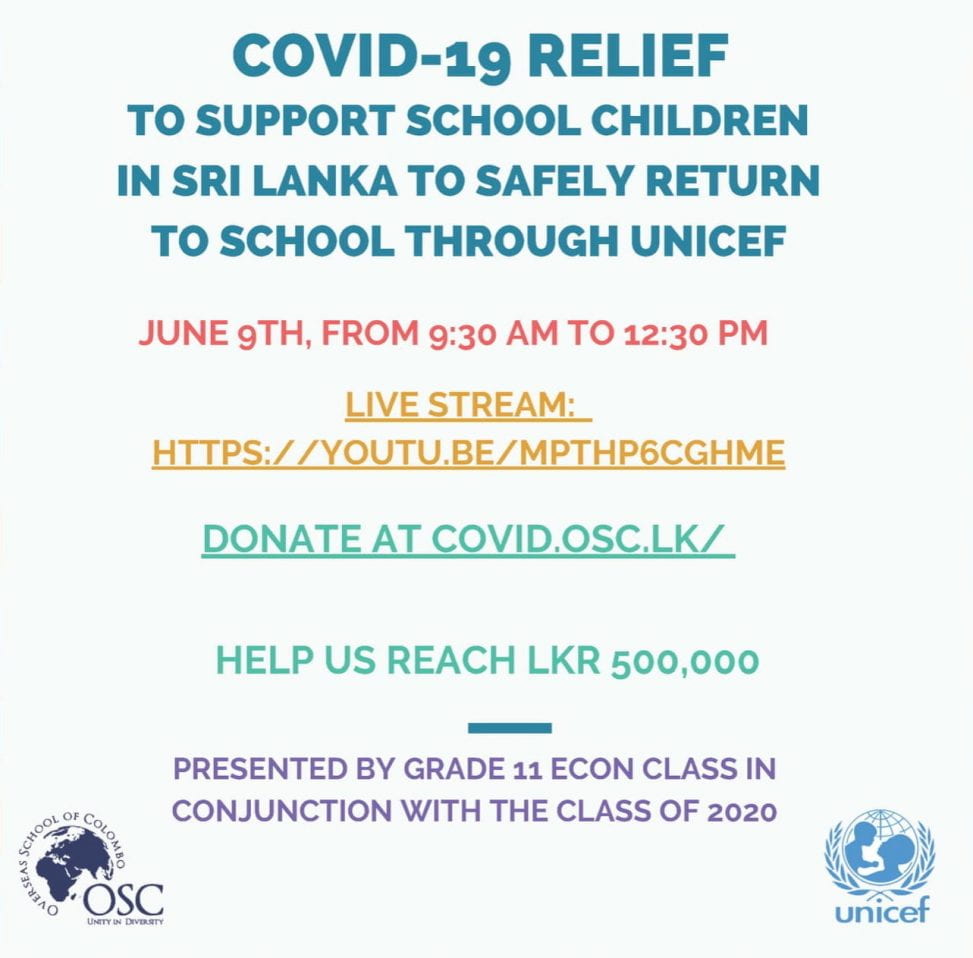

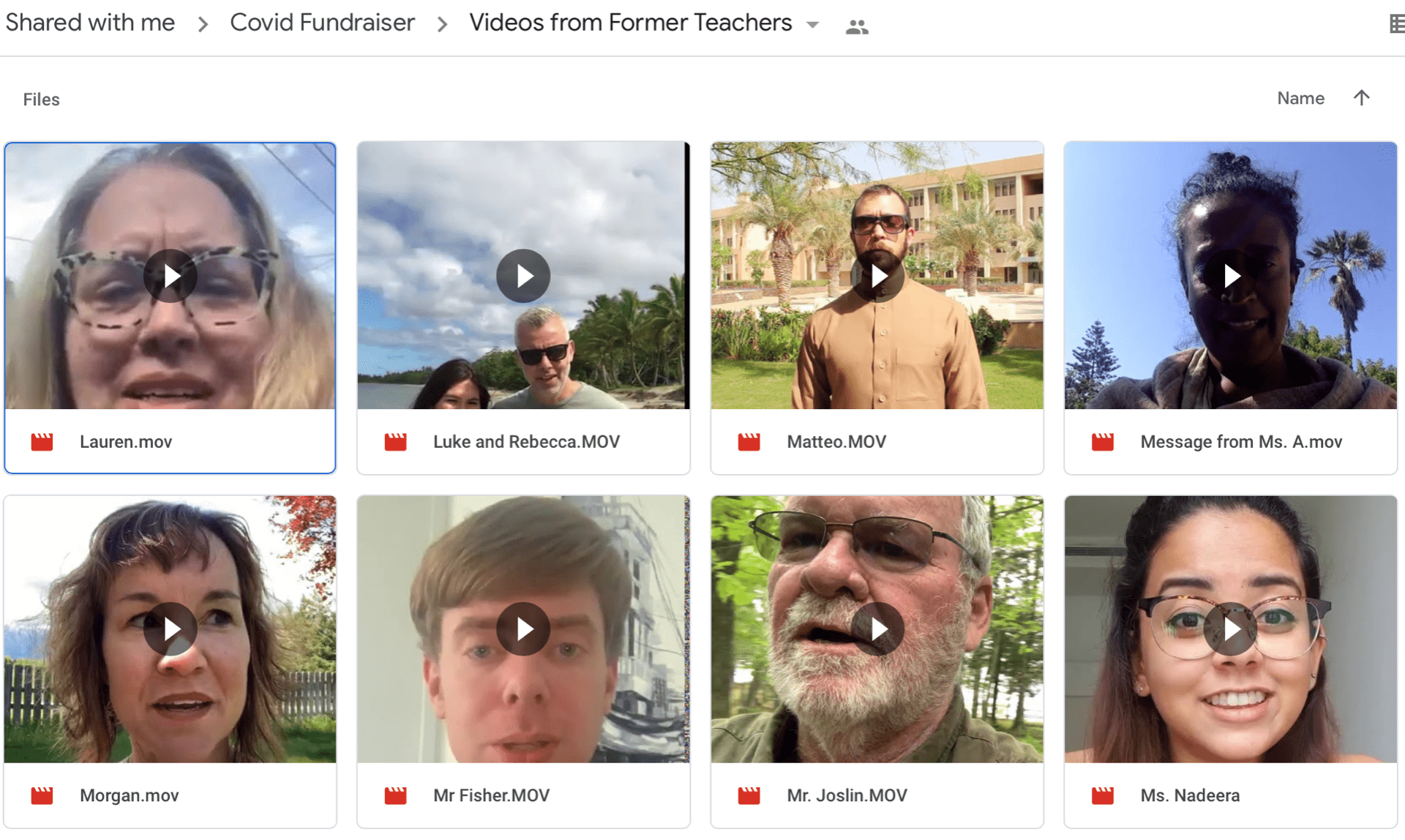

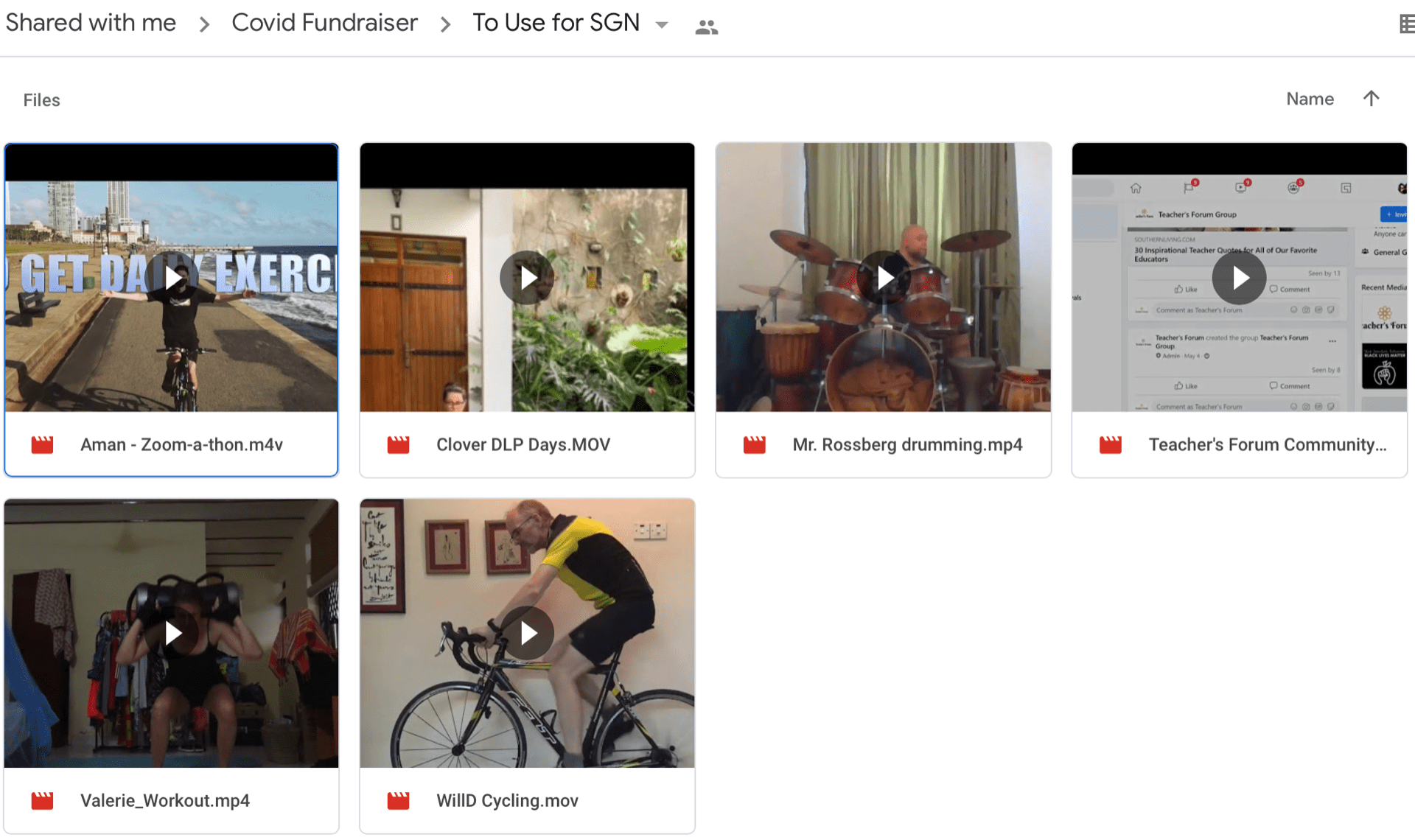
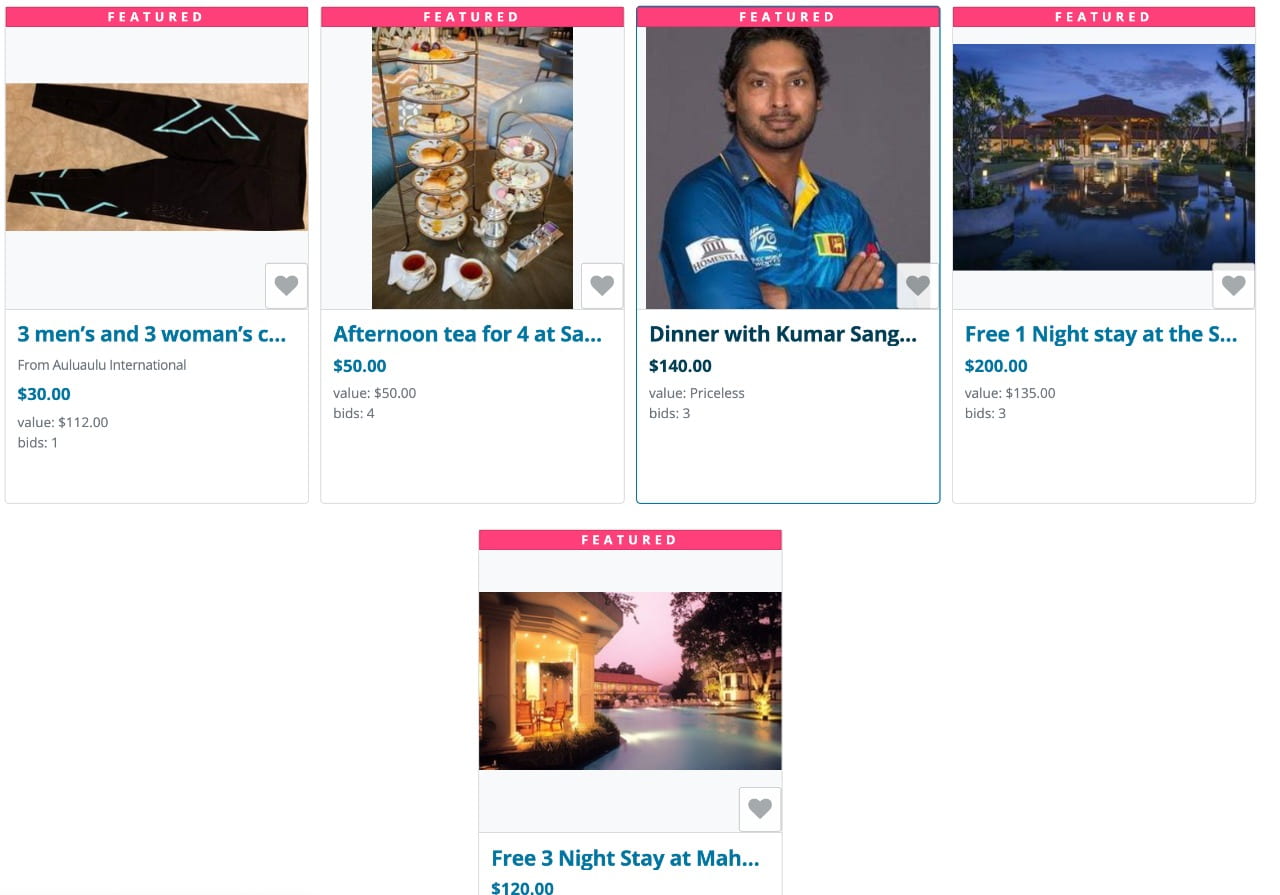
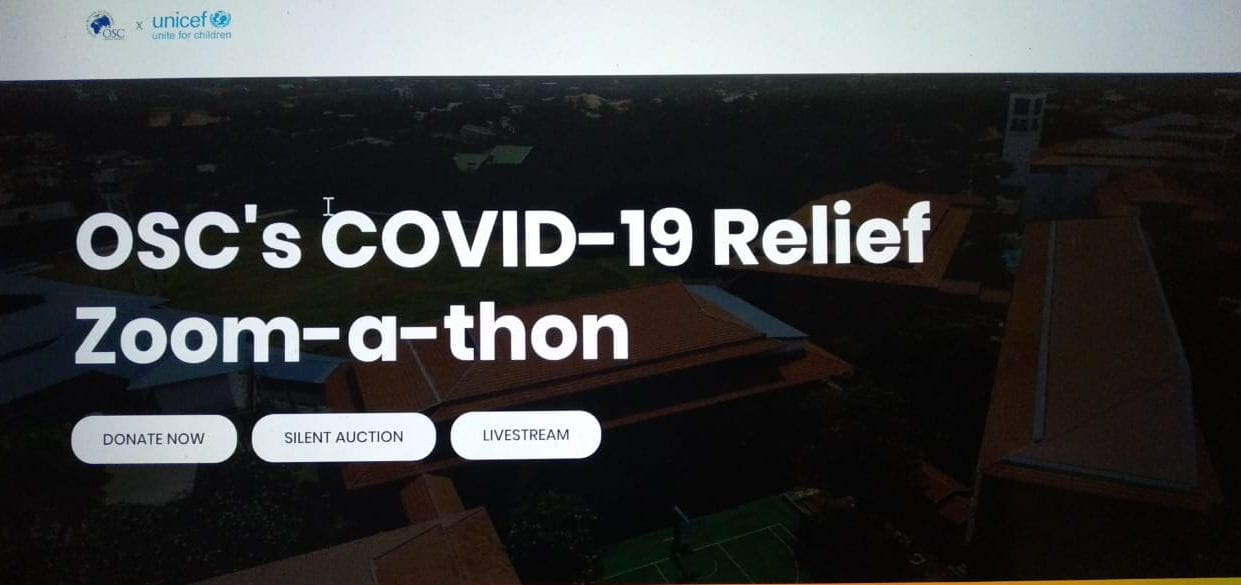
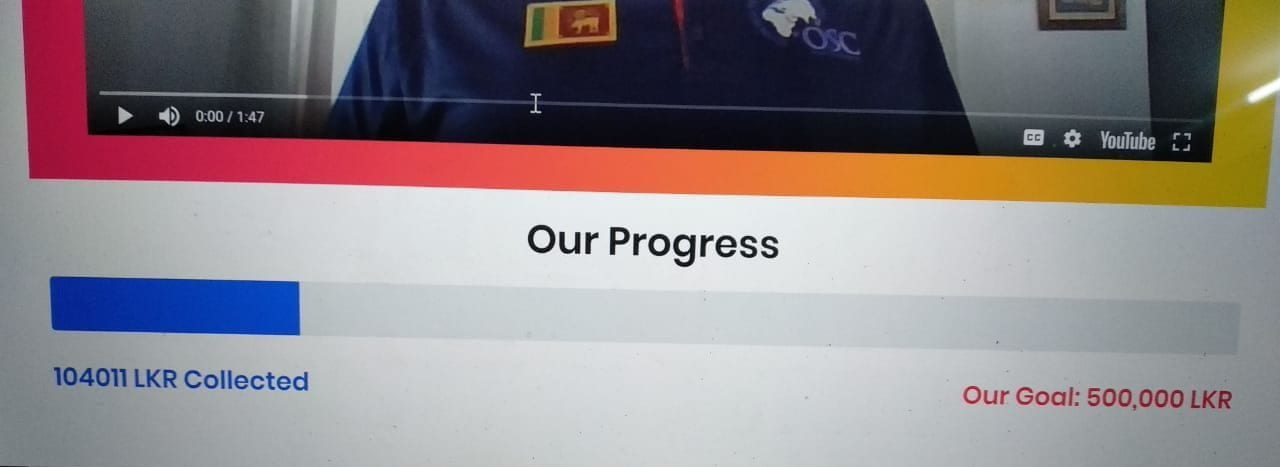
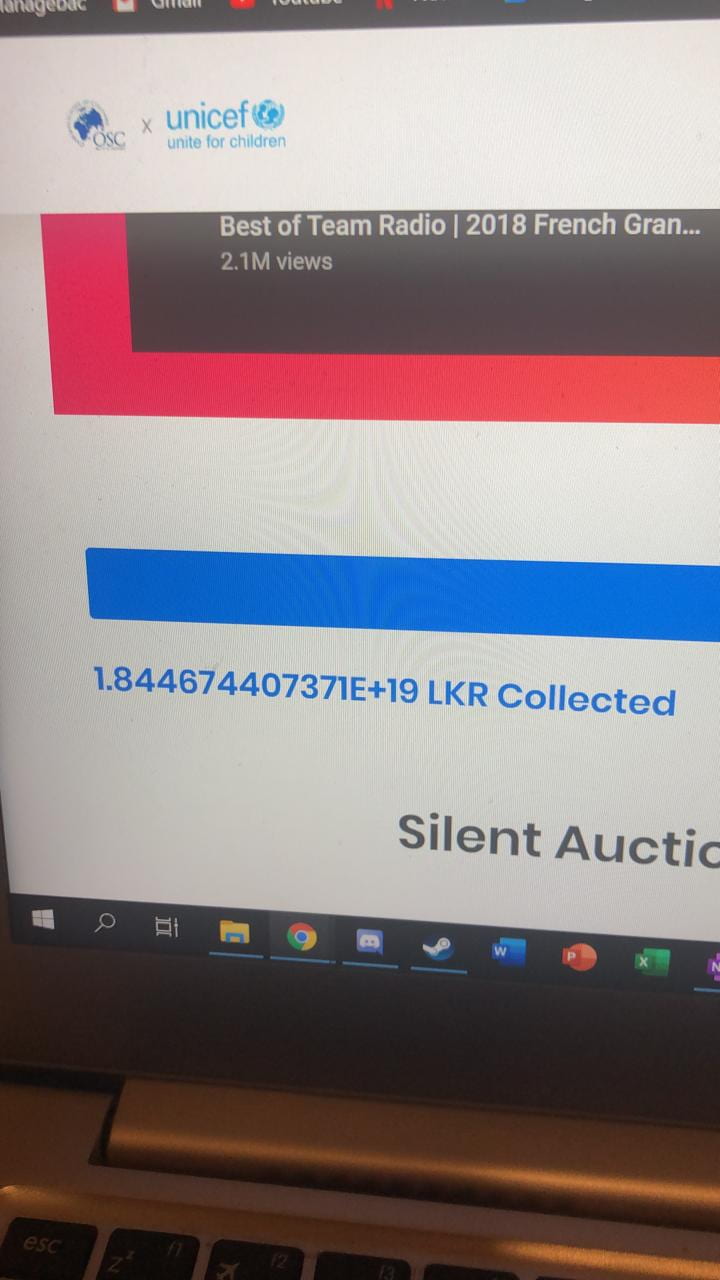
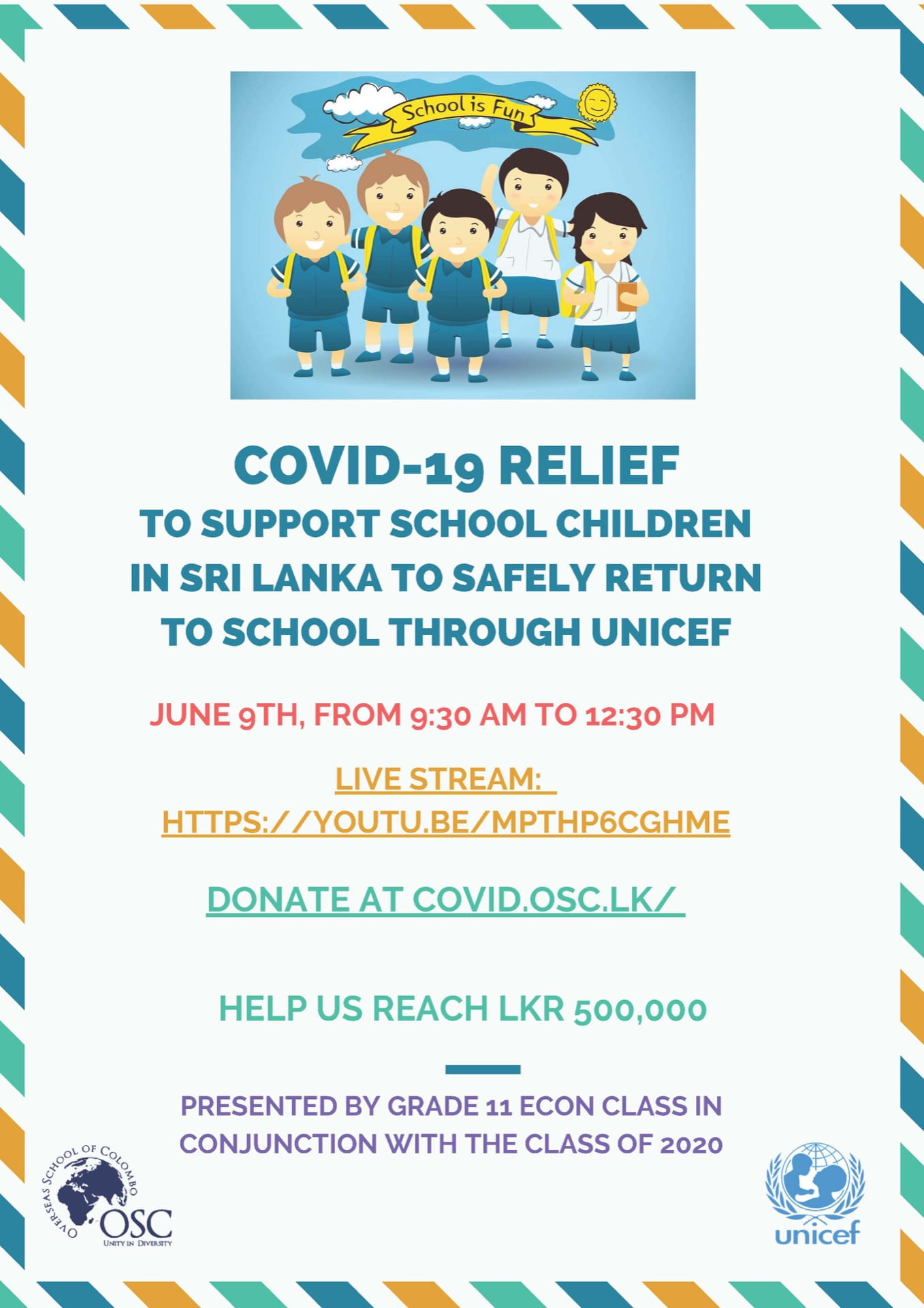
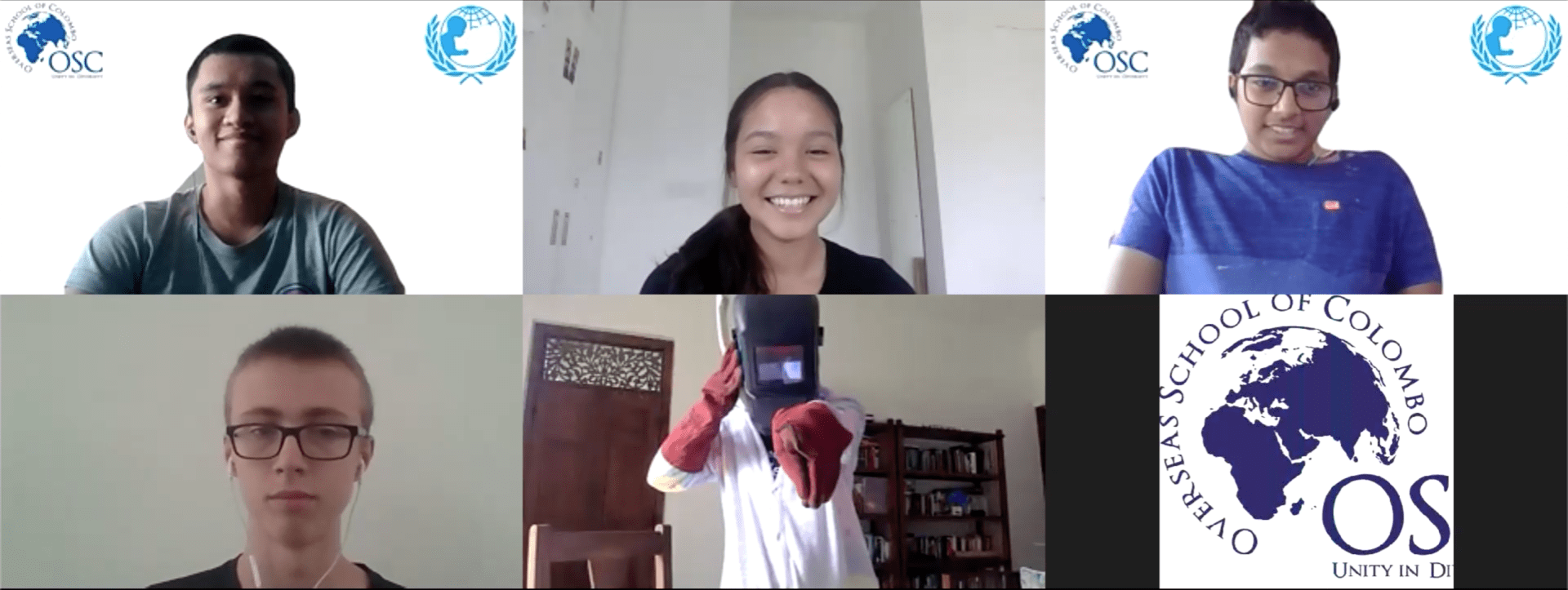
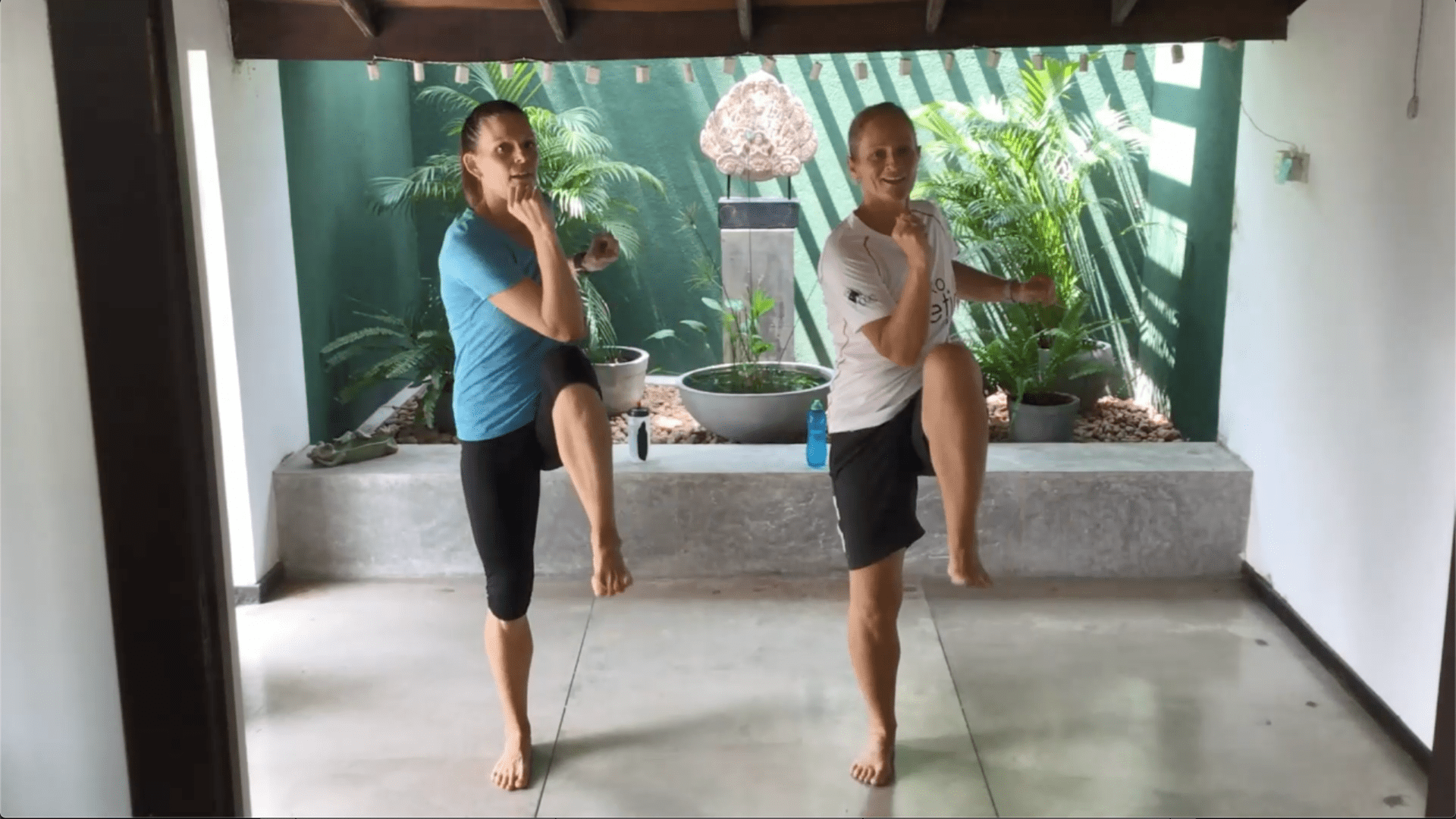
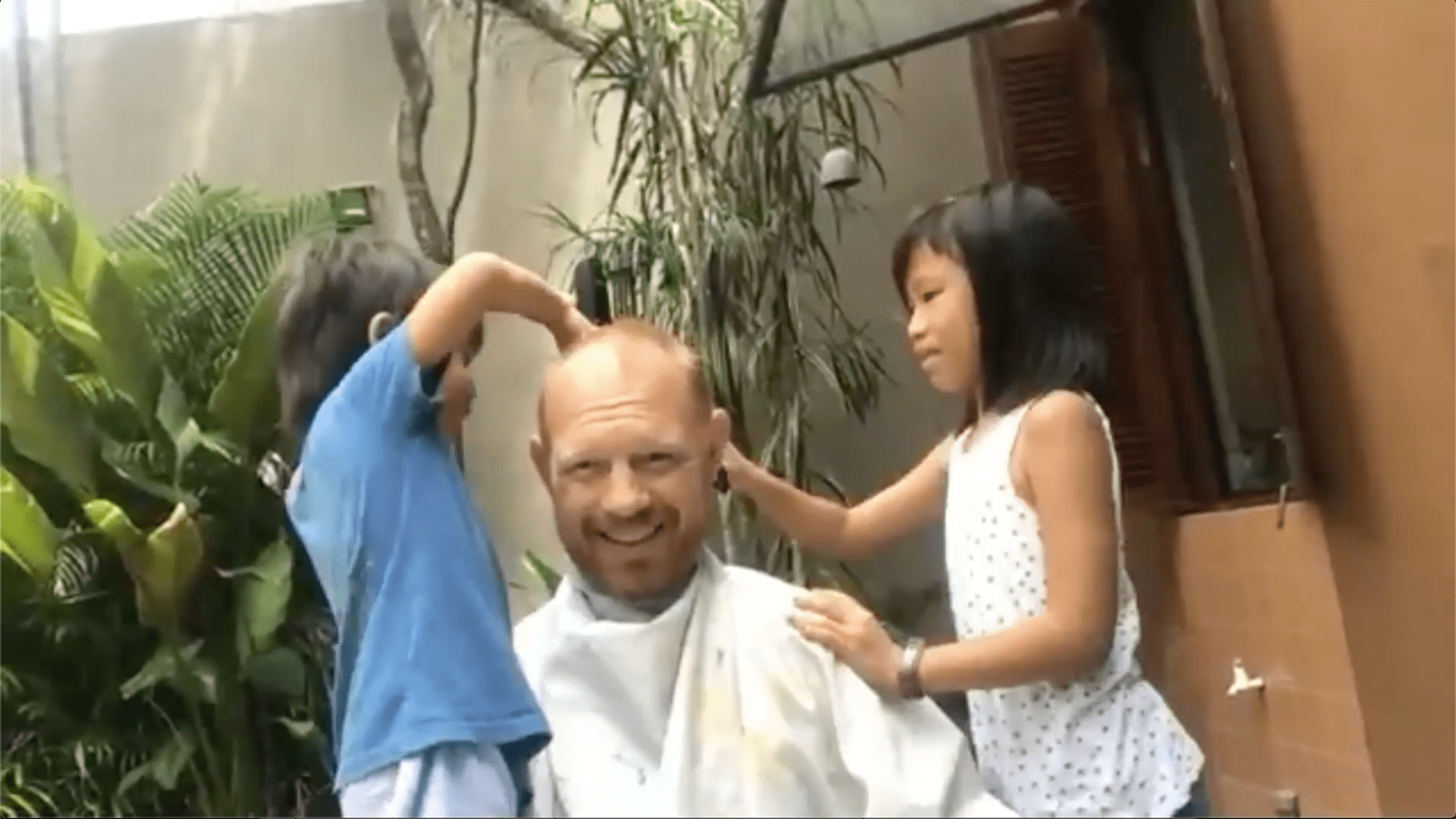
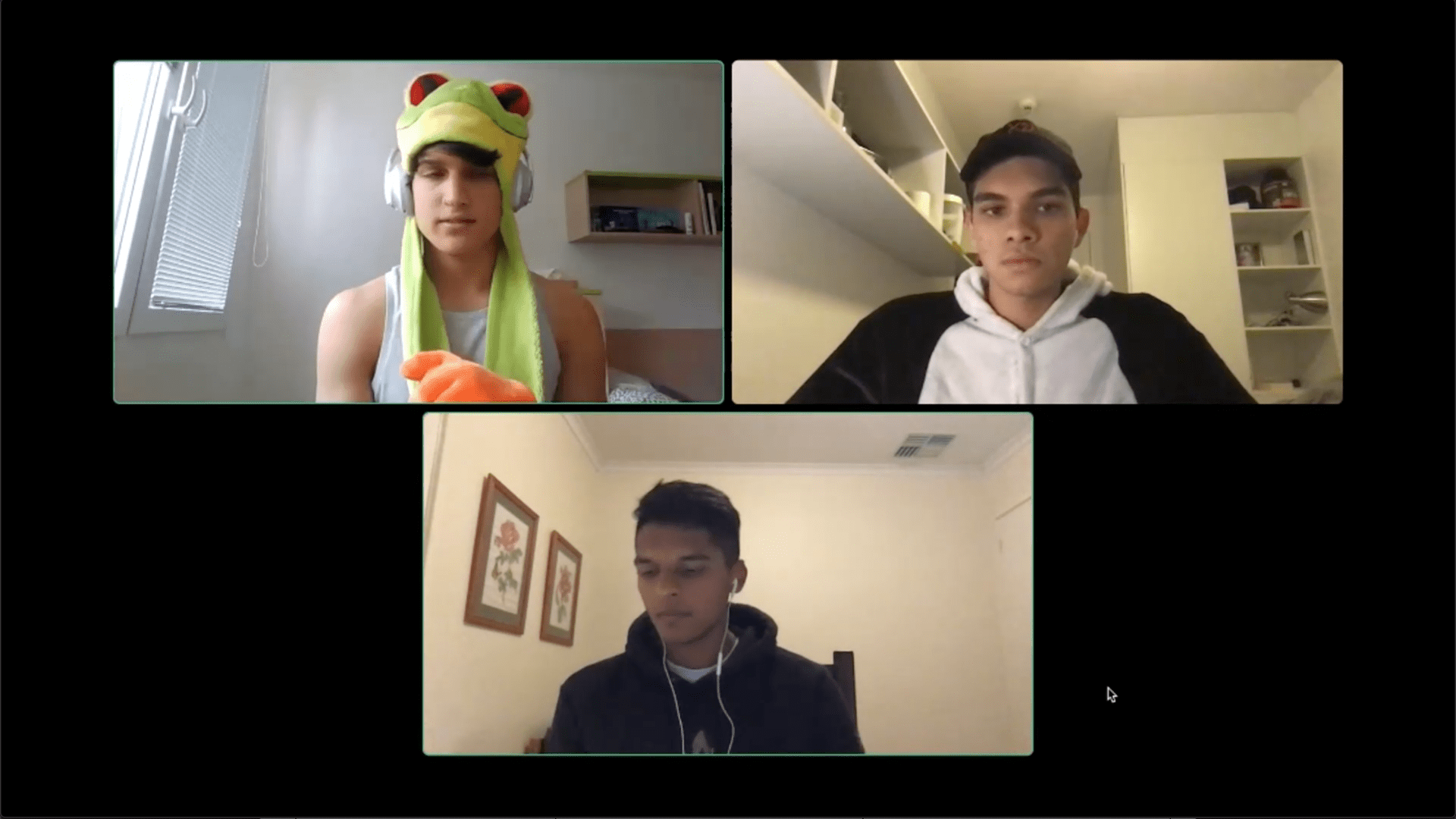
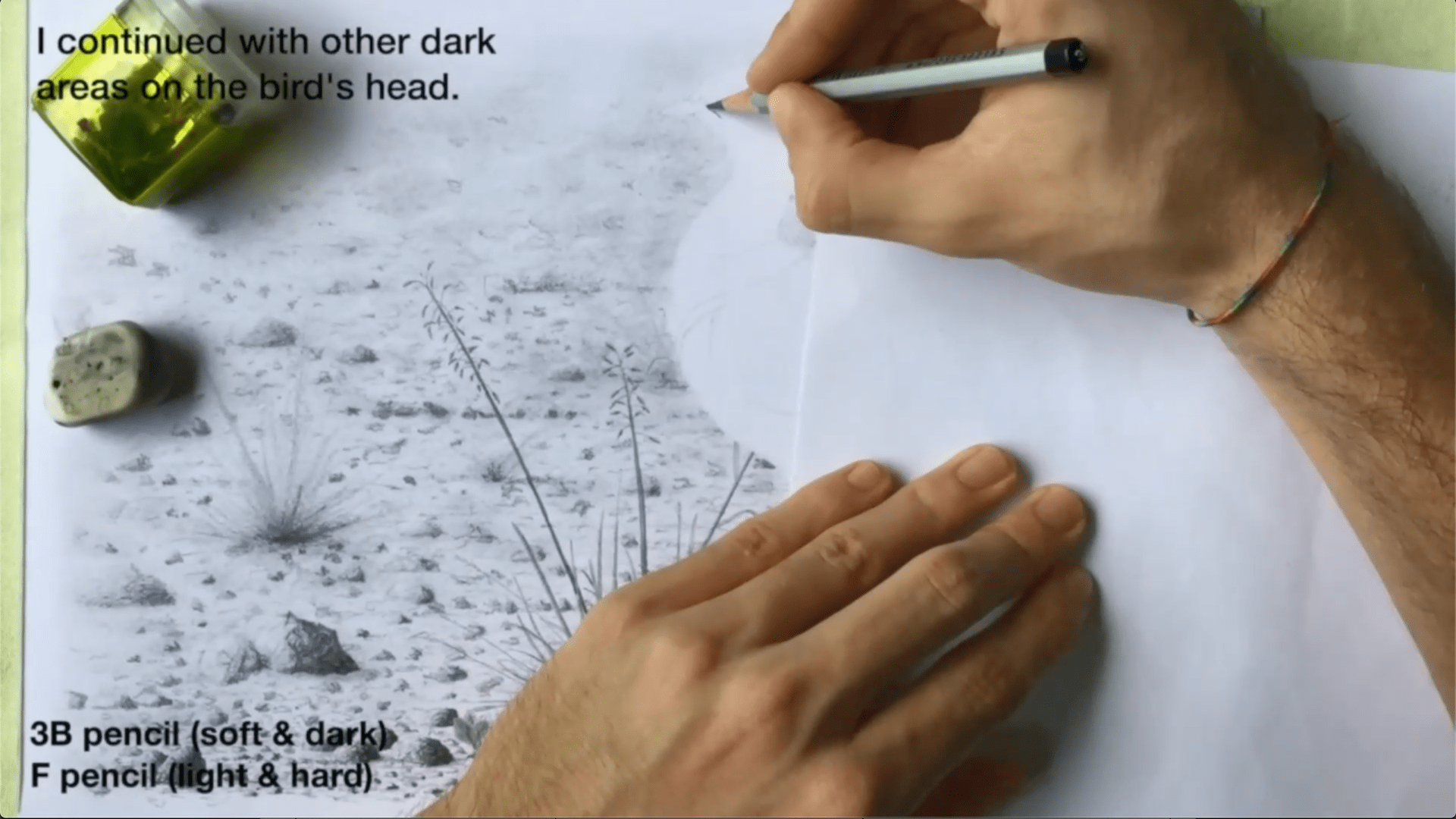


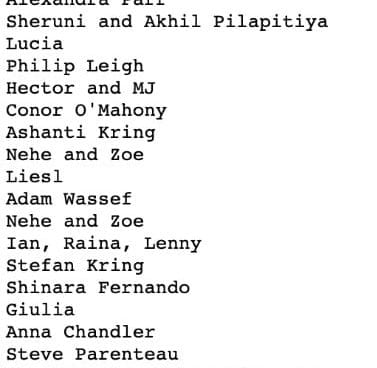
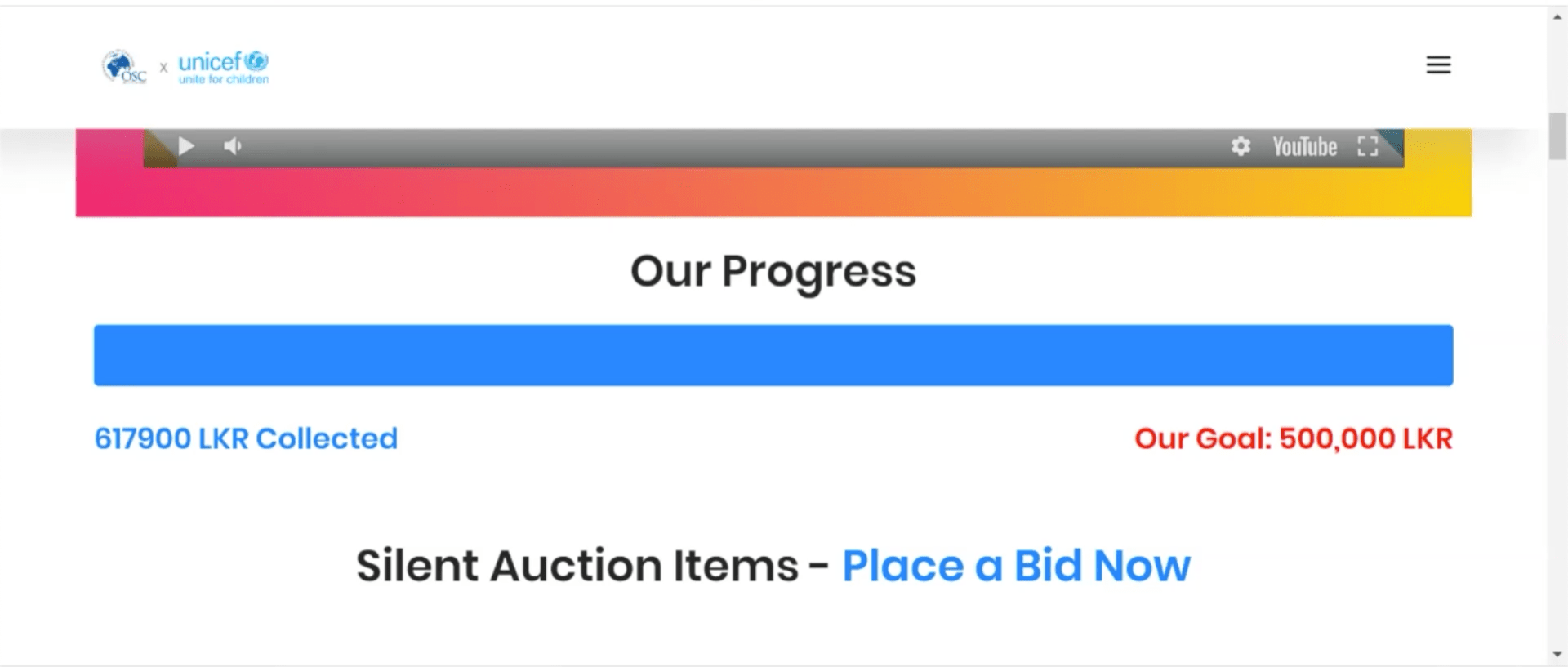
Leave a Reply